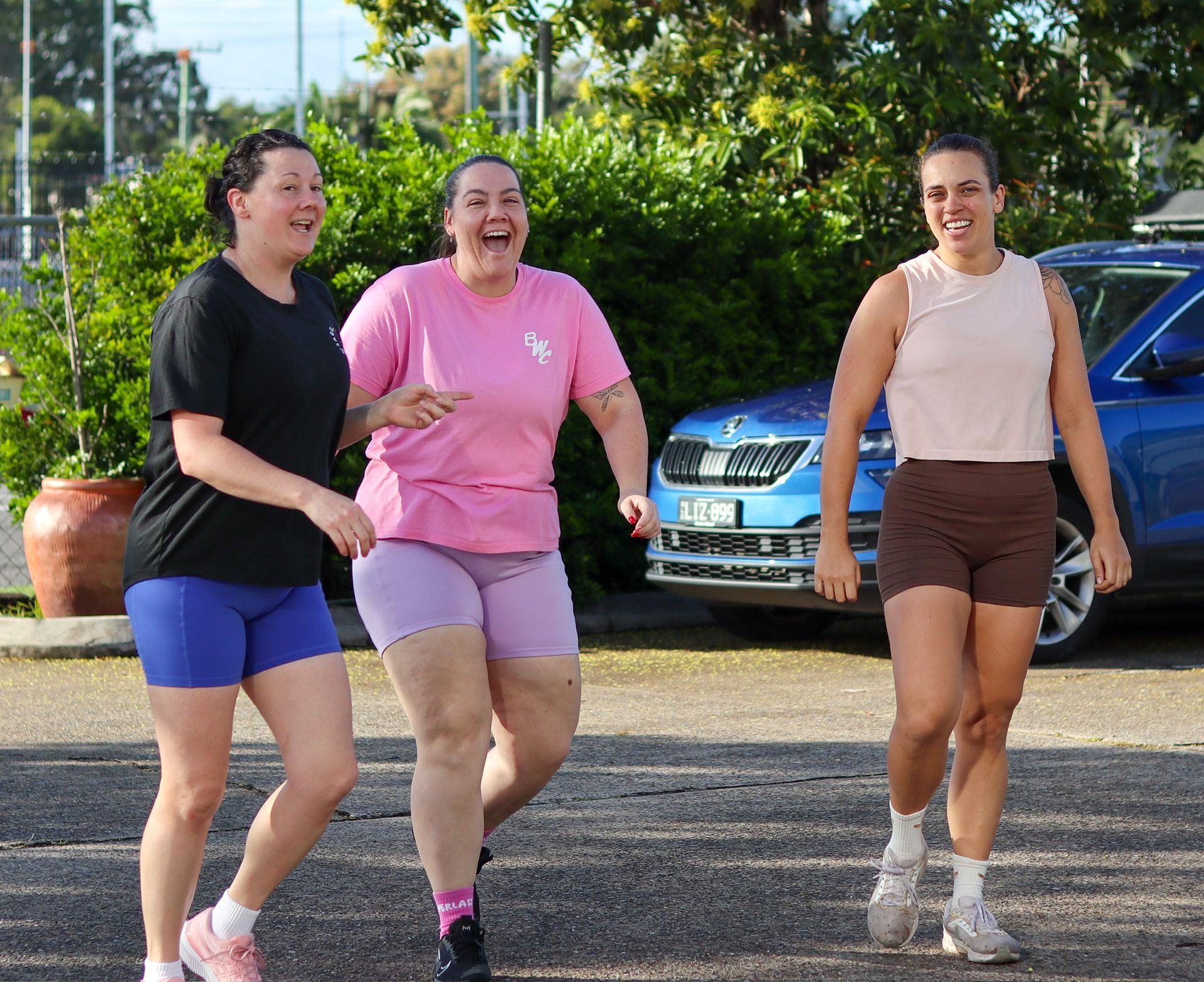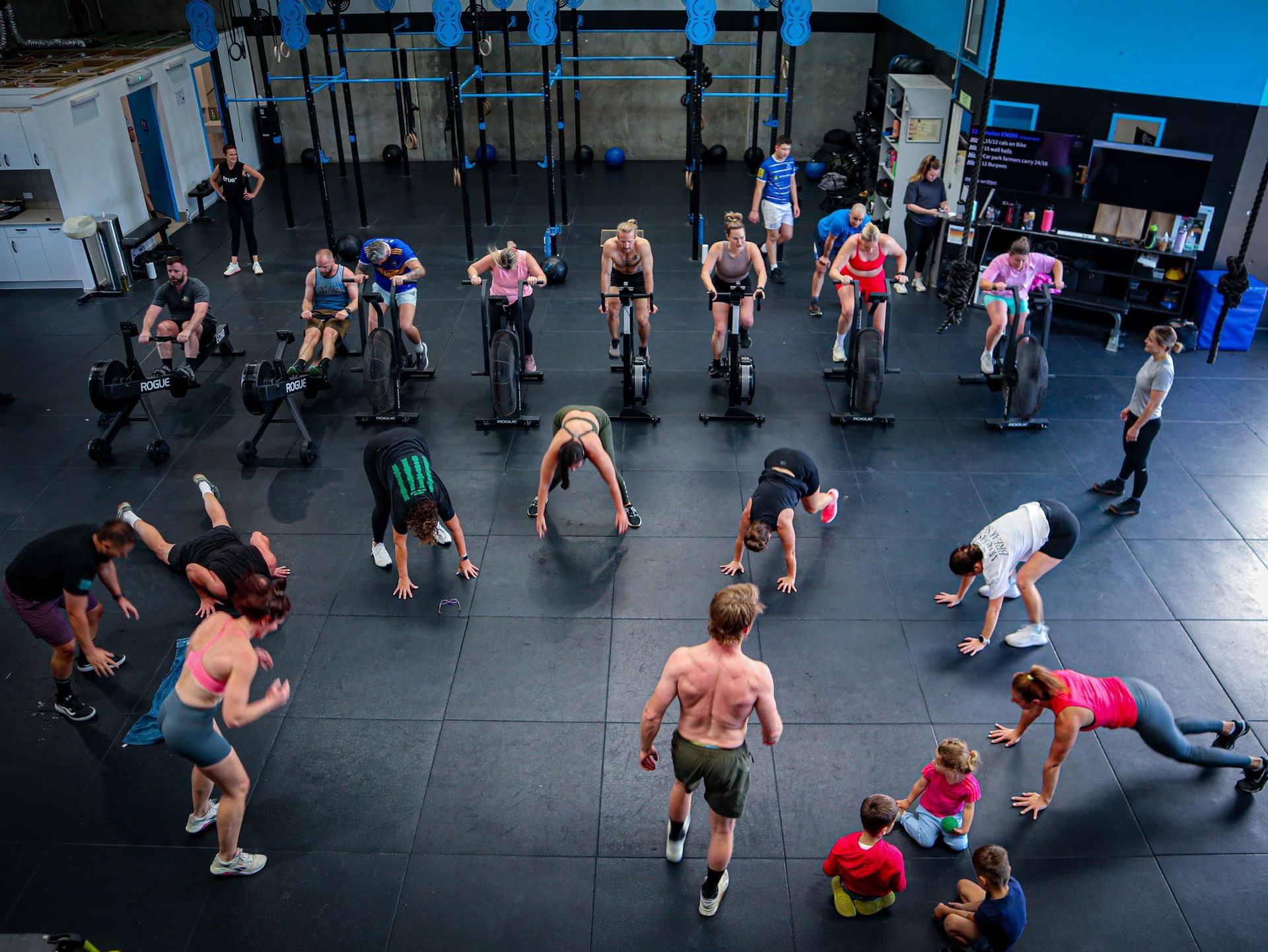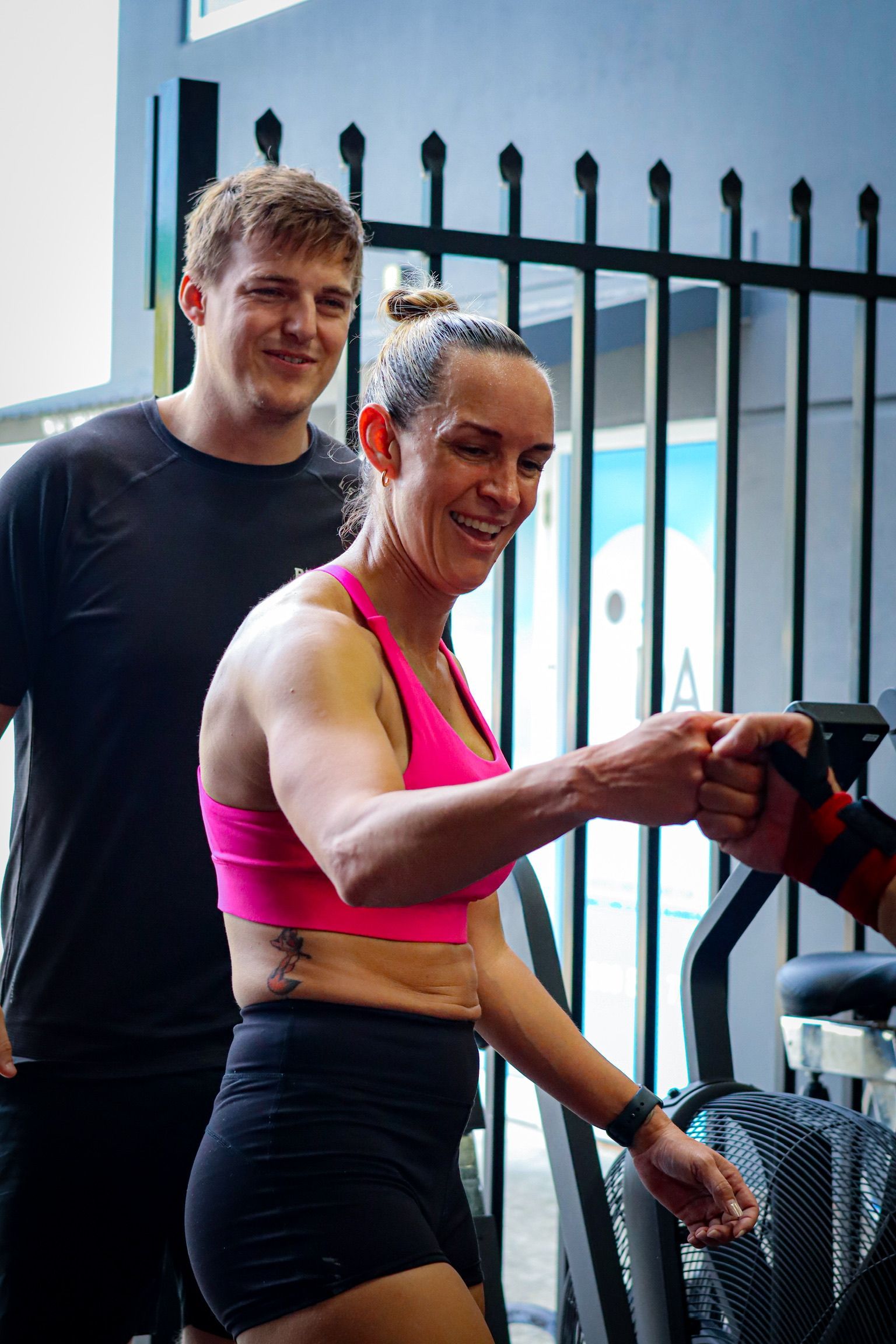Obstacles To Hitting Your Health Goals: The Muscle Nerds
Improving body composition—whether it's fat loss, muscle gain, or both—is not an easy task.
It requires
sacrifice, persistence, and a deep understanding of the body's needs, as discussed by
Luke and Zoe (self-proclaimed "Muscle Nerds") in this episode of
Rebuild Health and Fitness.
With current diet trends like intuitive eating not being ideal for everyone—especially those with low nutritional literacy or hormonal issues—the big question becomes:
How can people achieve their ideal body type, and what obstacles must they overcome?
Obstacle 1: Feeling Hungry
The first hurdle? Hunger.
Luke points out:
"People don’t realise when they are on a diet, they will be hungry."
Key points:
- The more excess weight you have to lose, the more likely you are to experience leptin resistance, reducing feelings of fullness.
- Tracking calories and following a structured meal plan can help beginners create sustainable habits that eventually become daily rituals.
Bottom Line: Success comes from systems you can maintain for life, not quick fixes.
Obstacle 2: Psychological Connection to Food
Almost everyone has a psychological attachment to food, making behavior change tricky.
Zoe describes it as:
"A really fine line, a really delicate dance."
Trying to make food purely unemotional or "black and white" is nearly impossible.
James adds:
"A good relationship with food is being able to say both yes and no to it."
Additional challenges:
- Social pressure, such as workplace food culture, can make healthy eating harder.
- People may project their insecurities onto you, making you feel judged for your choices.
Obstacle 3: Demotivation from Slower Results
In the beginning, you may experience big gains (e.g., 6-10kg of muscle), but progress often slows significantly after that.
Luke advises:
- Don’t focus solely on the scale.
- Set strength and performance goals to stay motivated.
This is particularly empowering for women, who traditionally have not prioritized strength and can find a sense of pride in their performance metrics.
What Is the Ideal Diet?
According to Luke, the ideal diet:
- Prioritizes protein and vegetables
- Keeps carbs lower (under 40% of daily calories) — no need to go full keto
- Tailors calorie intake to individual needs (not everyone should eat 3,000 calories daily)
Important Notes:
- He is not against low-calorie diets.
- Adequate calories are critical for performance athletes, but not everyone needs massive calorie surpluses.
Building Muscle: Lean First, Then Bulk
Luke’s advice:
"It makes more sense to get lean first, then build muscle."
Why?
- The fatter you get, the more insulin resistant you become, making it harder to build muscle and easier to gain fat.
Additional insights:
- You don't need a huge calorie surplus to build muscle.
- Hitting your protein requirements is key—even muscle gain is possible while in a caloric deficit.
Key Body Composition Takeaways
- Body fat percentages:
- Ideal for men: below 15%
- Ideal for women: 24-27%
- Body fat calculators are prone to error; focus instead on how you look and feel.
- Training age matters:
- People who've trained longer (especially with a coach) develop better physiques over time.
- Even after a break (due to injury, etc.), advanced trainees regain muscle faster because structural changes remain dormant—not erased.
"Structural changes don’t go away, they are just dormant," Luke says.
Final Thought
Changing your body composition isn't just about dieting harder or training more—it's about understanding the mental, emotional, and physiological challenges involved.
With structure, patience, and the right mindset, achieving your ideal body is possible—one sustainable step at a time.
Previous Blogs




